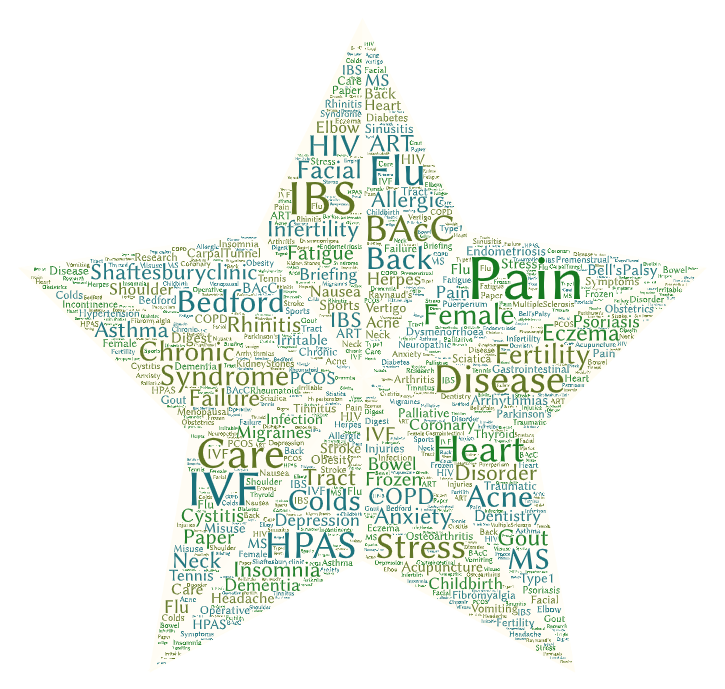Important to know: Chronic health conditions should be addressed under direct medical supervision of your GP or consultant, and acupuncture would be an adjunct or complement to usual care.
Acupuncture is often used alongside the conventional medical care as an adjunct for wellbeing and symptomatic issues, where appropriate. In many settings, oncology caregivers arrange or recommend complementary approaches to support patients overall wellbeing alongside their care. The role of this, in partnership with the GP, consultant and caregivers is to complement the conventional treatments in a supportive role.
Acupuncture and complementary therapies are there to support the patient with their symptoms, whilst they go through the medical treatments under their oncology consultant. Many hospitals, cancer units and support services recognise a supportive role for integrative approaches alongside medical and surgical treatments.
Let your consultant and medical team know if you are considering acupuncture to help with side effects and symptoms, so that they can be fully involved the whole way.
Cancer Research UK has information on their own website about acupuncture and its potential use in supporting oncology patients with chemotherapy induced nausea, where they recommend using a British Acupuncture Council Member; Macmillan Cancer Support also has its own dedicated page on acupuncture (links to both are in Resources section below). Acupuncture’s role here is focussed on symptomatic issues and side effects of the conventional oncology treatment.
Interpreting the research:
When reading health research, it is important to know that Systematic Reviews or Meta Analyses of a large number of high-quality research studies are the very best way to be able to say to what extent a given treatment can address a condition, symptom, or set of symptoms. The next best level of evidence is the individual Randomised Controlled Study (RCT) which uses a systematic technique to compare two or more groups of patients receiving different treatments (or a treatment against a “control”, or no treatment). In acupuncture trials, the nature of the control group is of particular interest as it is hard to blind a patient to whether they are having a needle inserted or not, and even more challenging to blind the researcher/team to this.
The means and quality of how research is carried out varies considerably from country to country, and in terms of how an intervention is compared to another intervention (or a control). Of note is the fact that “sham” acupuncture (where needles are placed in apparently inert locations rather than traditional acupuncture points) is not really an inert process as it has physiological effects, so that comparing sham and “true acupuncture” may therefore not give a clear picture alone; but and form a part of a research body where acupuncture versus no treatment, vs conventional treatment or vs a different approach/modality also form part of the evidence base.
The n= figure (where quoted in research) tells you how many people were participants in the study, and usually the larger a study (when it is of good quality and design), the more likely it is to be reliable and applicable to larger populations. When (statistical) “significance” is discussed in view of studies it has a very particular meaning – it is the confidence in the data (using statistical tests) that tells us how likely a result could have just come about by chance. The lower the possibility of a chance result, the more likely it is due to the intervention in the experiment. When you are reading a trial/study, the “p” is the number telling us of significance, and this must be under 5% (or p less than 0.05) to mean we can say it is a (statistically) “significant” result.
The Research:
As per systematic reviews of the research (Garcia et al, 2013, 41 RCT studies), acupuncture is commonly employed used in this field, aiming to support the patient alongside their conventional treatment and in line with the oncology team, and has been researched as far as symptoms such as fatigue, pain, hot flushes, emotional issues, chemotherapy induced nausea and vomiting (Zhang et al, 2014); radiation-induced xerostomia; and weakness, are concerned, these symptoms may be being caused by the disease itself, or the treatment being received. The evidence is positive for nausea prevention in acupuncture, but Garcia et al (2013) were not able to draw such compelling conclusions for the other symptoms, warranting further research.
A Systematic review and meta-analysis of randomized controlled trials (Höxtermann & al, 2022) shows that acupuncture is safe to use for oncology patients as an adjunct to routine treatment.
Per Rademacher, (2021). “Acupuncture, a form of traditional Chinese medicine, has been accepted into the arena of integrative oncology therapies used to ease symptom burden throughout oncology care. Research supports the safe use of acupuncture for disease and treatment-related symptoms including pain, fatigue, depression, chemotherapy-induced peripheral neuropathy, and nausea/vomiting. The body of knowledge in oncology acupuncture is significant; yet, additional evidence is warranted. Specific acupuncture research in hematopoietic cell transplantation recipients is necessary to address the unique experiences of this population.”
Ben-Ayre et al (2023: n=99) conducted a randomised controlled trial that examined the impact of integrative therapies on pain and anxiety among patients undergoing gynaecological oncology (cancer) surgery; addition of intraoperative acupuncture significantly reduced severe pain, compared with the control group and the group that received preoperative touch/relaxation only. The combination of preoperative touch/relaxation and intraoperative acupuncture also improved the patients’ scores in the Measure Yourself Concerns and Wellbeing (MYCAW) questionnaire. Elsewhere, Mao et al (2023; n=298) compared massage with acupuncture for musculoskeletal pain symptoms in patients with advanced cancer, with both groups receiving the intervention for 10 weeks, with monthly boosters for up to 26 weeks. Improvements were seen in pain and insomnia symptoms in both groups, along with improved quality of life and decreased medication use. The researchers recommended these non-pharmacological therapies alongside conventional treatments.
Per Walker et al’s, (2010; n=50) RCT entailing 12 weeks of either acupuncture or venlafaxine for hot flushes symptoms following breast cancer treatment, they concluded that “[acupuncture] is a safe, effective and durable treatment for vasomotor symptoms secondary to long-term antiestrogen hormone use in patients with breast cancer.” Patients had less frequency of hot flushes with acupuncture treatment, up to a year after treatment. De Valois et al (2022; n=415) reported the real-world clinical outcomes of a long-term service which offered breast cancer survivors auricular (ear, NADA protocol) acupuncture for hot flush symptoms. Entailing 415 patient referrals and over 2285 treatments over 15 years, and it was found that this protocol was safe and effective for women experiencing post-cancer treatment hot flushes, who did not want to use pharmacological means to control their symptoms (de Valois et al, 2022).
Acupuncture was investigated in an RCT by Pfister et al (2010; n=58), in an RCT where the outcome measures of pain and xerostomia (dry mouth symptom) following either acupuncture or control for oncology patients with a history of neck dissection (due to surgery for cancers such as thyroid or upper aerodigestive oncological issues. Acupuncture (4x weekly Rx) was found to improve their xerostomia symptoms, as well as the post-neck dissection pain, better than usual treatment control. Participants having acupuncture also required less painkilling medication. Overall, significant improvements were seen in pain, dysfunction, and xerostomia in the acupuncture group, versus usual care this “support[s] the potential role of acupuncture in addressing post–neck dissection pain and dysfunction, as well as xerostomia” (Pfister et al, 2010).
Zhang et al’s (2018), systematic review (n=1327) and meta-analysis found that acupuncture “had a marked effect on fatigue in cancer patients”, improving this side effect / symptom of CRF (cancer related fatigue). Side effects were minimal, and it was suitable to use as an adjunct to the medical treatment.
Mao et al (2022) and the ASCO (American Society of Clinical Oncology) board produced the Integrative Medicine for Pain Management in Oncology: Society for Integrative Oncology–ASCO Guideline, aiming to provide evidence-based recommendations to doctors and health care providers on integrative approaches to managing pain in patients with cancer. After review of systematic reviews and meta-analyses from 1990-2021 (227 studies), they recommended acupuncture for aromatase inhibitor–related joint pain, and acupuncture, reflexology or acupressure for general cancer pain or MSK pain.
Shih et al (2023) carried out a systematic review and meta-analysis of the effectiveness of acupuncture in relieving chemotherapy-induced bone marrow suppression due to chemotherapy. Looking at 25 RCT’s (n=1713), they examined outcome measures of G-CSF (a type of protein that helps the body make more blood cells, particularly white blood cells); of white and red blood cell counts, neutrophils and natural killer cells counts. The results showed that acupuncture significantly increased the levels of G-CSF, WBC, RBC, NEU, ANC, Hb, PLT, and NK cells compared with control groups. The levels of PLT and NK cells also increased cumulatively over time. They suggested a role alongside conventional medicine for acupuncture in this area.
Resources:
British Acupuncture Council evidence based factsheet about Cancer Care including specific research, trials and mechanisms of action for acupuncture in this condition.
Cancer Research UK (2021): Acupuncture
Macmillan Cancer Care (2021): Acupuncture
References:
Ben‐Arye, E., Segev, Y., Galil, G., Marom, I., Gressel, O., Stein, N., Hirsh, I., Samuels, N., Schmidt, M., Schiff, E. and Lurie, I., 2023. Acupuncture during gynecological oncology surgery: A randomized controlled trial assessing the impact of integrative therapies on perioperative pain and anxiety. Cancer, 129(6), pp.908-919.
de Valois, B., Young, T., Thorpe, P., Degun, T. and Corbishley, K., 2022. Acupuncture in the real world: evaluating a 15-year NADA auricular acupuncture service for breast cancer survivors experiencing hot flushes and night sweats as a consequence of adjuvant hormonal therapies. Supportive Care in Cancer, 30(6), pp.5063-5074.
Garcia, M.K., McQuade, J., Haddad, R., Patel, S., Lee, R., Yang, P., Palmer, J.L. and Cohen, L., 2013. Systematic review of acupuncture in cancer care: a synthesis of the evidence. Journal of Clinical Oncology, 31(7), p.952.
Höxtermann & al, 2022. Cancer Volume 128, Issue 11 p. 2159-2173
Mao, J.J., Liou, K., Romero, S.A., Baser, R.E., Wong, G., Xiao, H., Deng, G., Mo, Z., Walker, D., MacLeod, J.E. and Li, Q.S., 2023. Acupuncture versus massage for pain in patients living with advanced cancer: The IMPACT randomized clinical trial.
Mao, J.J., Ismaila, N., Bao, T., Barton, D., Ben-Arye, E., Garland, E.L., Greenlee, H., Leblanc, T., Lee, R.T., Lopez, A.M. and Loprinzi, C., 2022. Integrative medicine for pain management in oncology: society for integrative oncology–ASCO guideline. Journal of Clinical Oncology, 40(34), pp.3998-4024.
Pfister, D.G., Cassileth, B.R., Deng, G.E., Yeung, K.S., Lee, J.S., Garrity, D., Cronin, A., Lee, N., Kraus, D., Shaha, A.R. and Shah, J., 2010. Acupuncture for pain and dysfunction after neck dissection: results of a randomized controlled trial. Journal of Clinical Oncology, 28(15), p.2565.
Rademacher, A., 2021. Complementary Medicine: Acupuncture. In Blood and Marrow Transplant Handbook (pp. 747-757). Springer, Cham.
Shih, Y.W., Wang, M.H., Monsen, K.A., Chang, C.W., Rias, Y.A. and Tsai, H.T., 2023. Effectiveness of Acupuncture for Relieving Chemotherapy-Induced Bone Marrow Suppression: A Systematic Review with a Meta-analysis and Trial Sequential Analysis. Journal of Integrative and Complementary Medicine.
Walker, E.M., Rodriguez, A.I., Kohn, B., Ball, R.M., Pegg, J., Pocock, J.R., Nunez, R., Peterson, E., Jakary, S. and Levine, R.A., 2010. Acupuncture versus venlafaxine for the management of vasomotor symptoms in patients with hormone receptor-positive breast cancer: a randomized controlled trial. J Clin Oncol, 28(4), pp.634-640.
Zhang, X., Jin, H.F., Fan, Y.H., Lu, B., Meng, L.N. and Chen, J.D., 2014. Effects and mechanisms of transcutaneous electroacupuncture on chemotherapy-induced nausea and vomiting. Evidence-Based Complementary and Alternative Medicine, 2014.
Zhang, Y., Lin, L., Li, H., Hu, Y. and Tian, L., 2018. Effects of acupuncture on cancer-related fatigue: a meta-analysis. Supportive Care in Cancer, 26, pp.415-425.
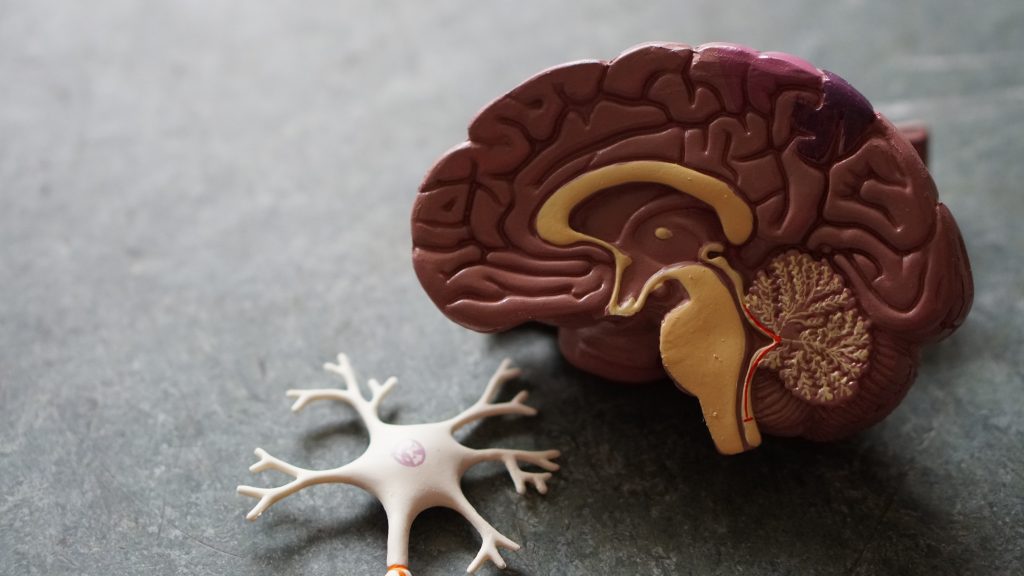
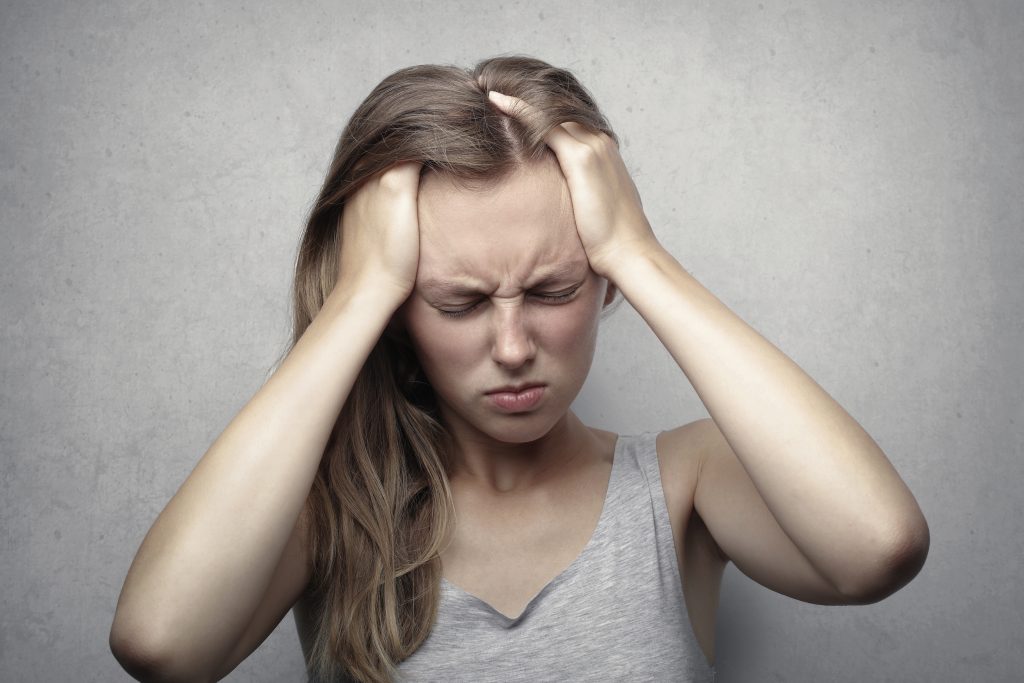


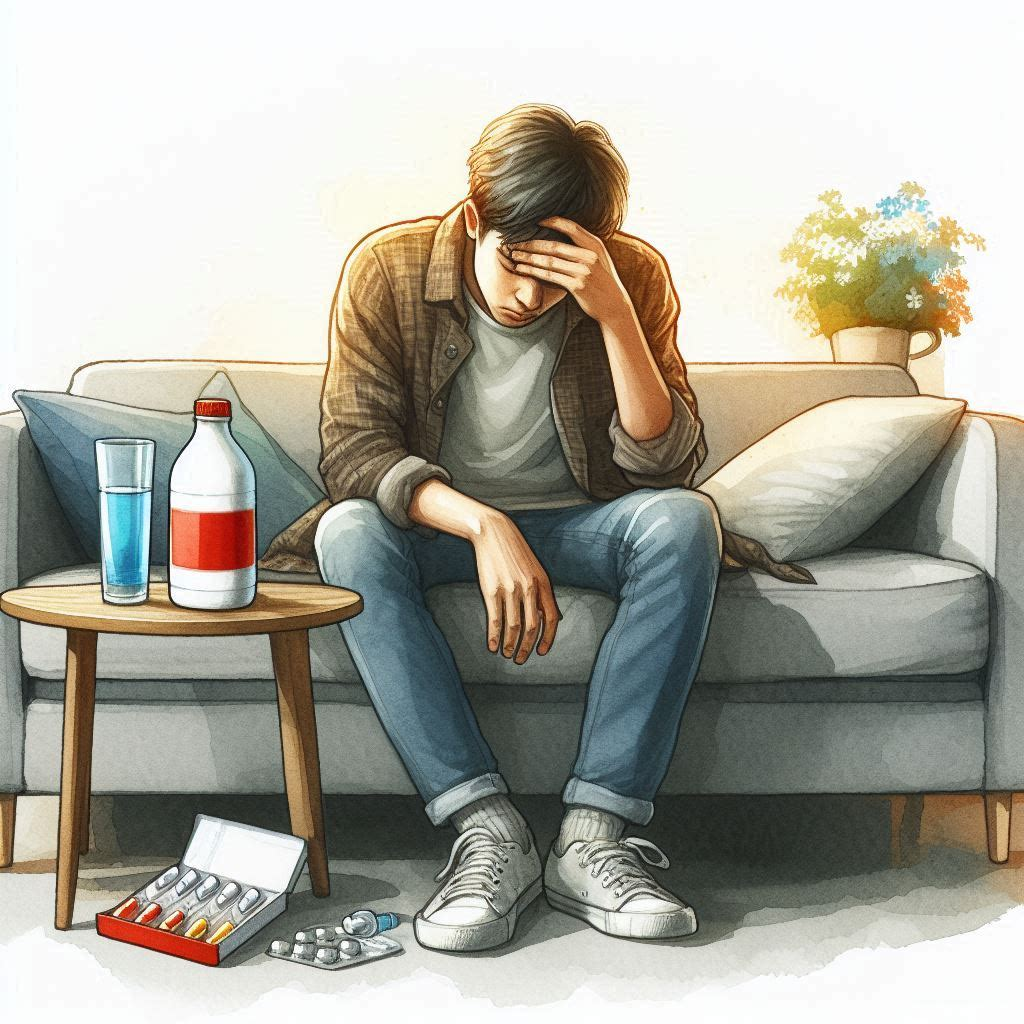
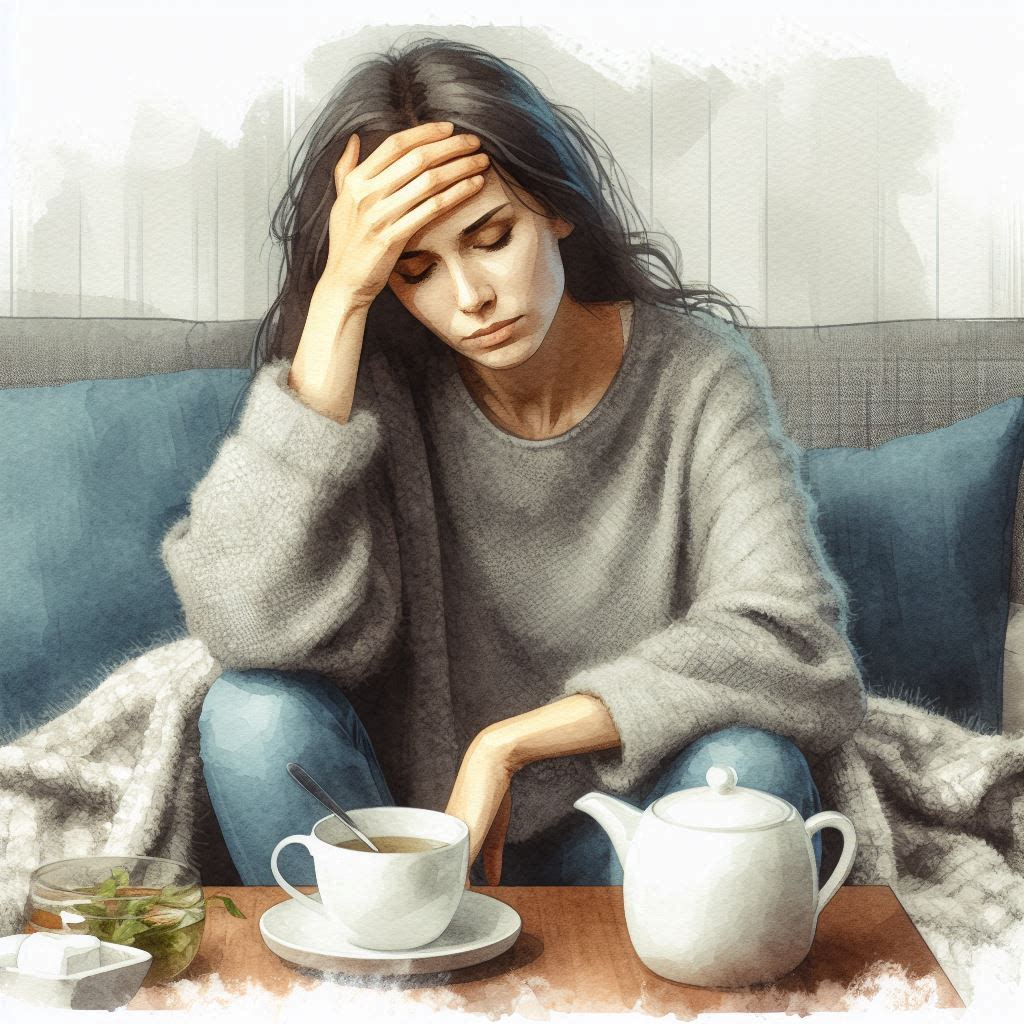
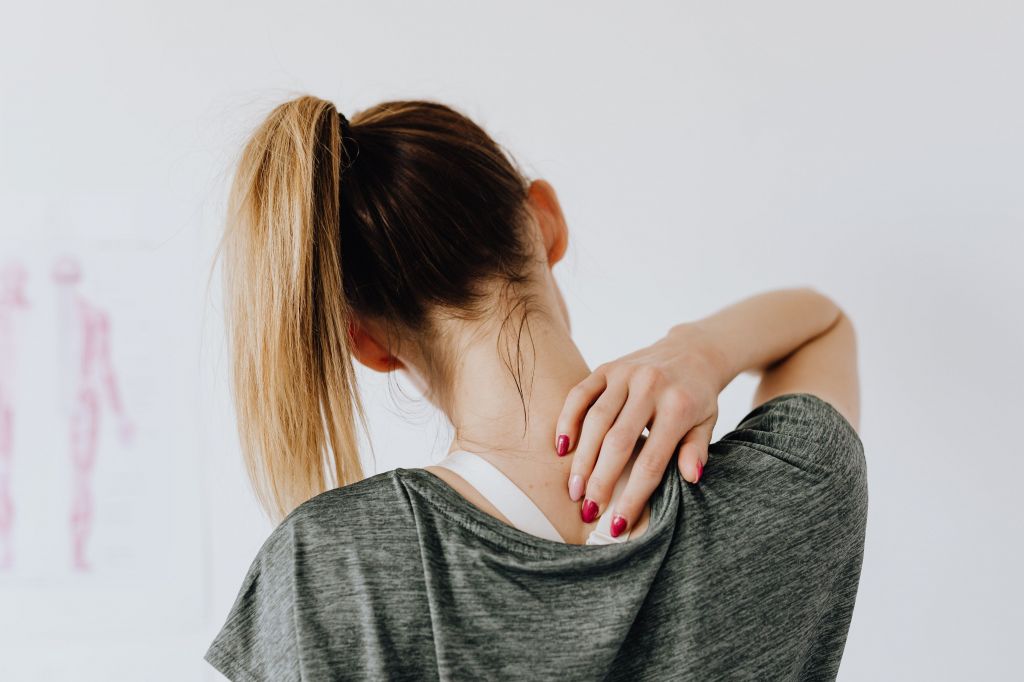
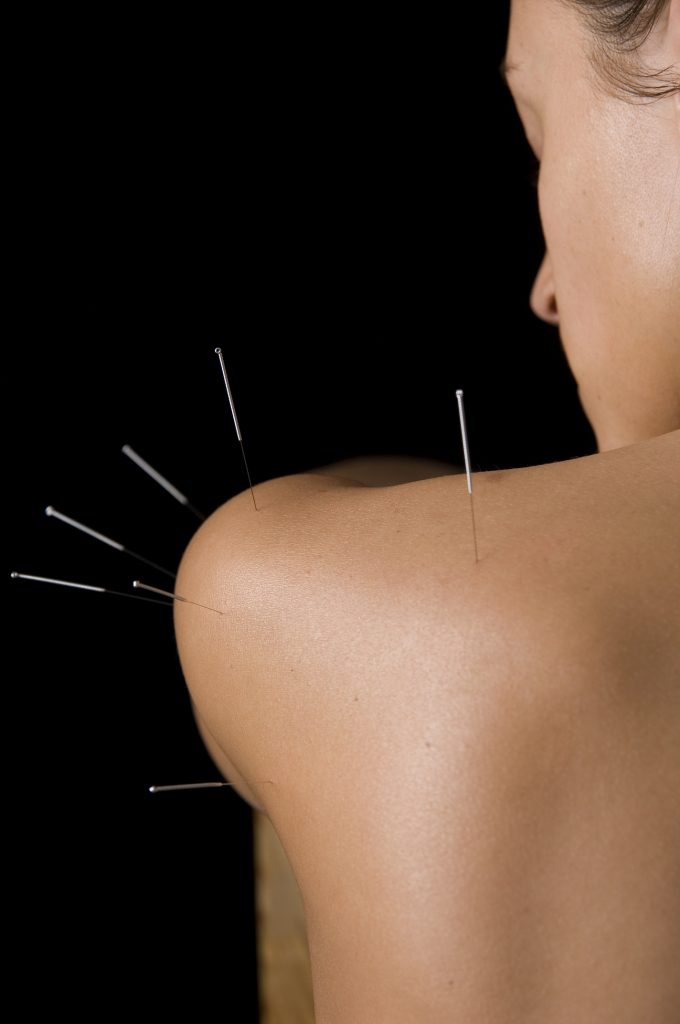
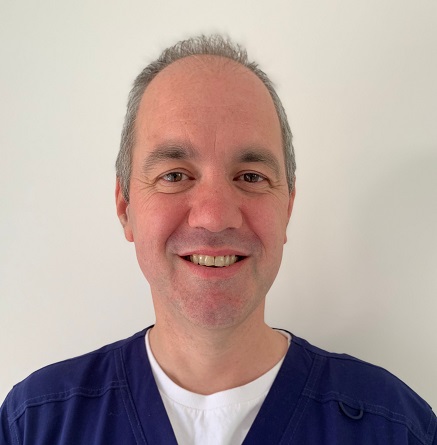
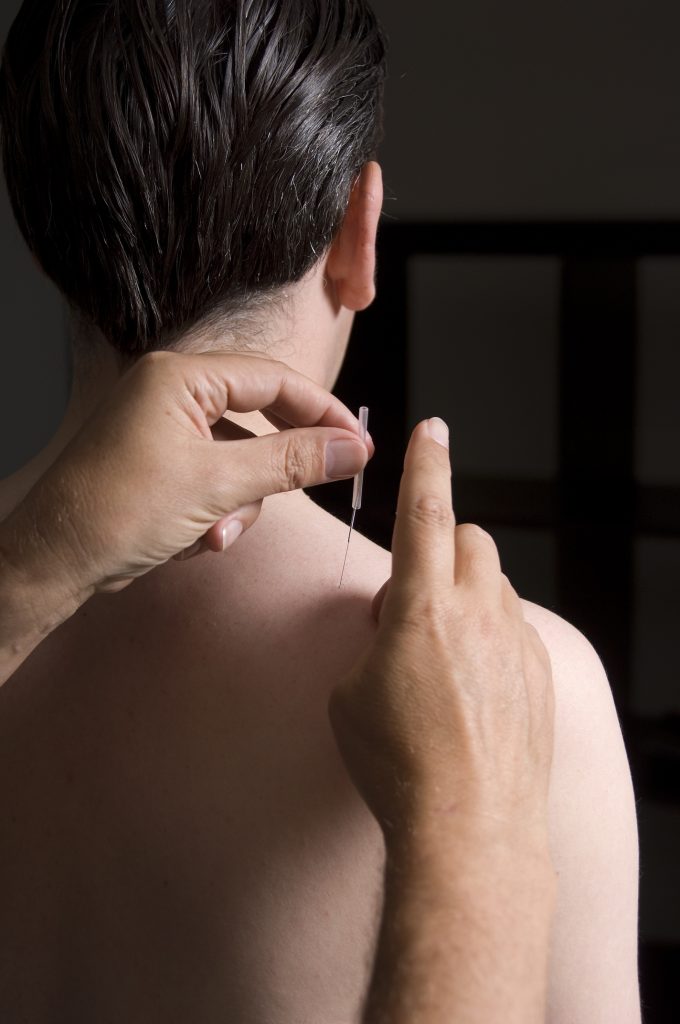
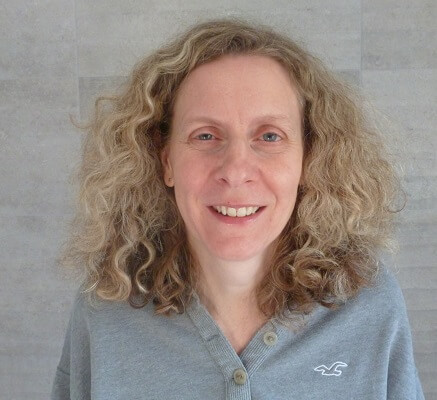
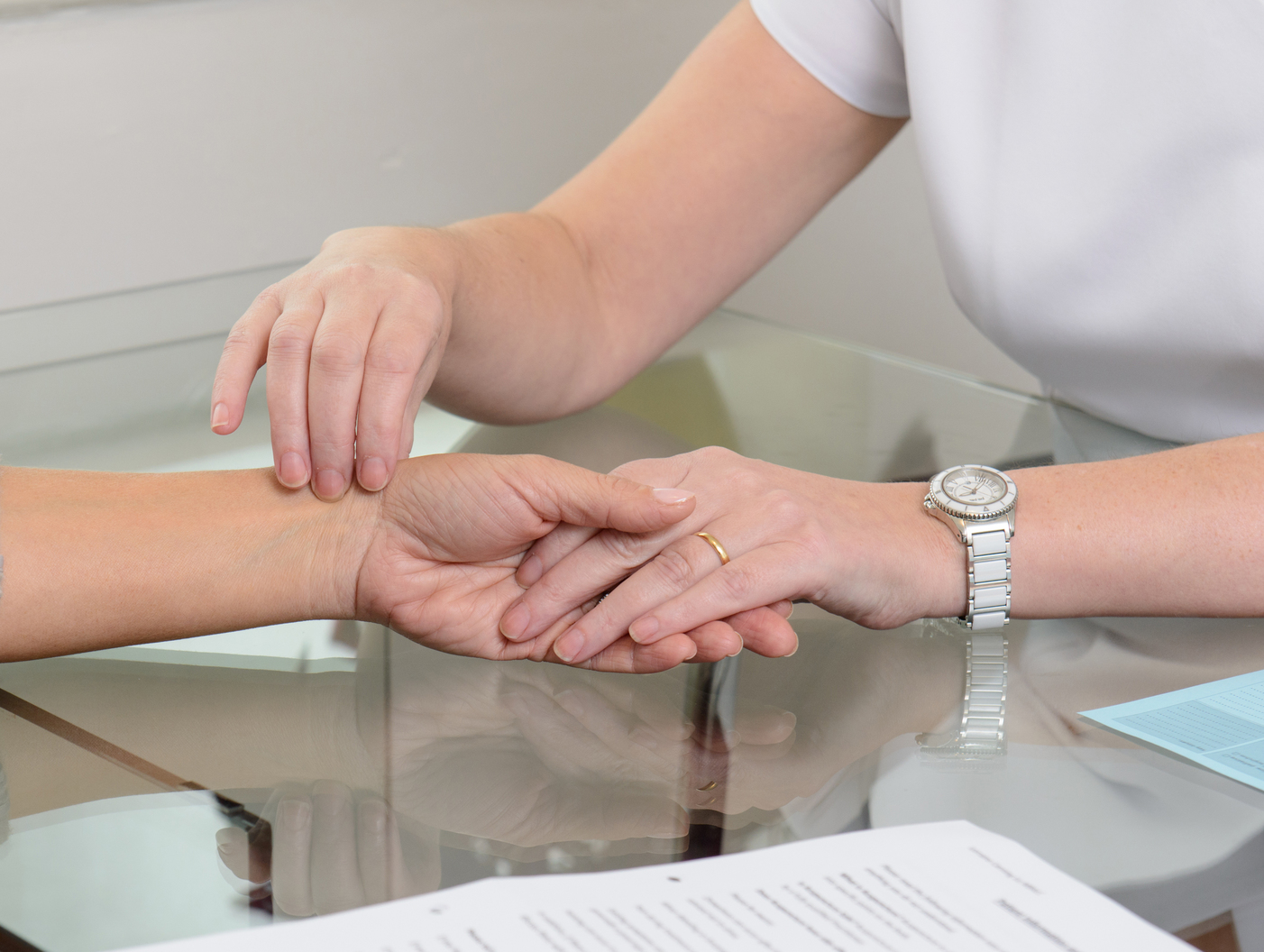
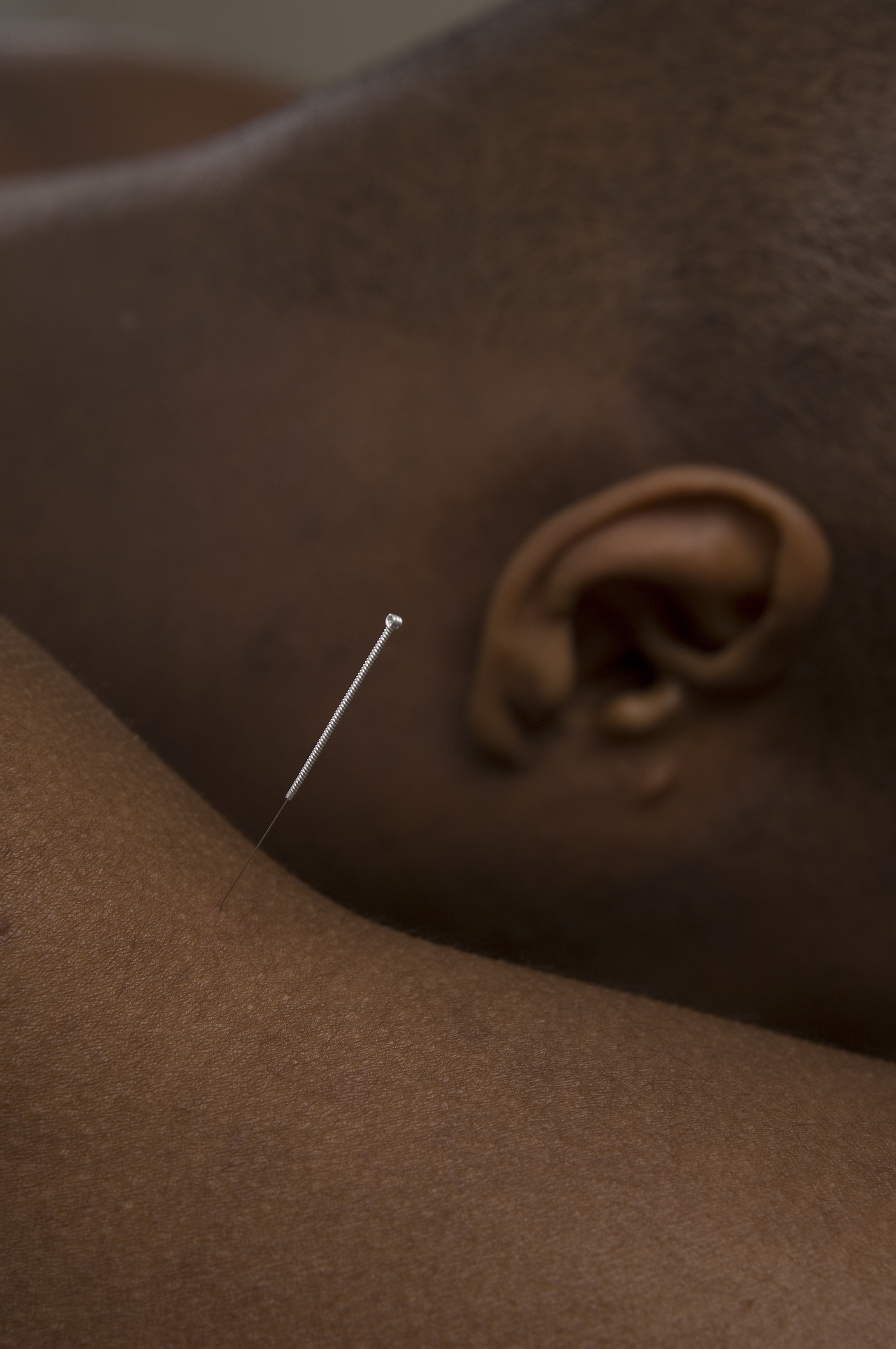 Helen: How can someone interested in acupuncture find out more, and book in with you?
Helen: How can someone interested in acupuncture find out more, and book in with you?